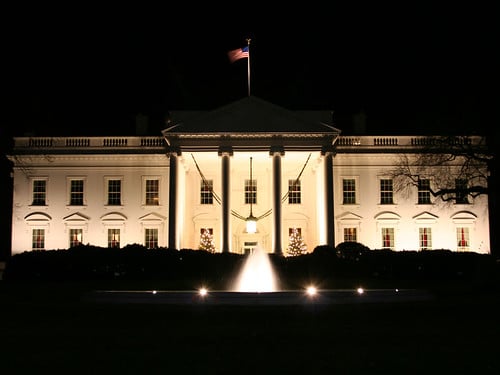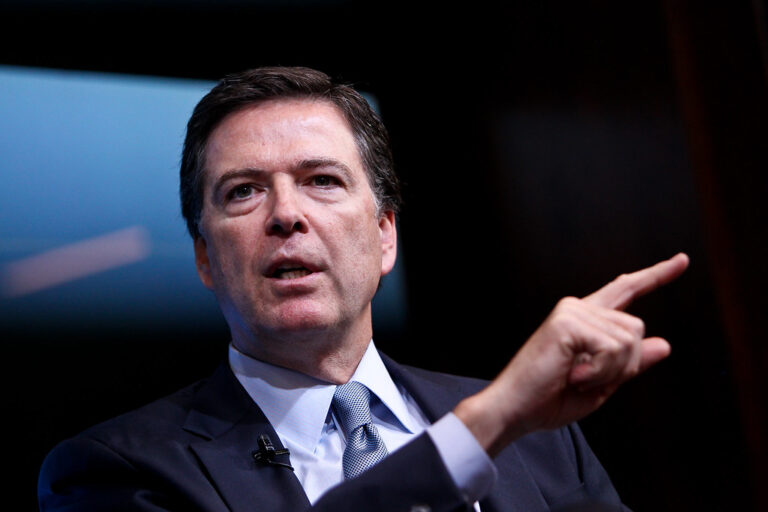Key Takeaways
• The interim U.S. attorney role must follow strict rules under the Constitution and the Vacancies Act.
• Critics say Lindsey Halligan’s appointment broke those rules after a 120-day limit.
• If her appointment was unlawful, the indictment she signed might be invalid.
• Legal experts warn about the dangers of bypassing Senate confirmation.
• This case could affect other decisions made by acting officials in the Justice Department.
The Justice Department has clear steps for naming a temporary leader during a vacancy. First, the president picks someone. Then the Senate must confirm. After that, the appointee serves. Yet, critics argue that Lindsey Halligan’s interim U.S. attorney status ignored those steps. Now her work on major cases faces fresh legal attacks.
Understanding Interim U.S. Attorney Rules
The Constitution’s Appointment Clause demands Senate approval for top legal posts. Likewise, the Vacancies Reform Act lets the president fill a vacancy only for 120 days. After that, a federal court must choose a temporary U.S. attorney. Thus, the system balances power between the president and Congress. This design stops any leader from holding power too long without oversight.
What Happened with Lindsey Halligan
In this case, Halligan’s predecessor served under the 120-day rule. Once that period ended, Senate confirmation did not happen. Instead, Halligan took over again. Critics say that second move broke the law. They point out that the president cannot reset the 120-day clock. As a result, she never held lawful authority after her predecessor’s term expired.
Why the Interim U.S. Attorney Rule Matters
If the interim U.S. attorney role is not lawful, any grand jury appearances or indictments by that official could be void. For example, high-profile targets could argue that their charges must be dropped. Therefore, the legality of Halligan’s appointment has huge stakes. It could reshape how courts view actions taken by any acting official without Senate approval.
Views from Legal Experts
On a popular podcast, former prosecutors explained the issue in simple terms. They said the president tried to hold onto power beyond his legal reach. They also noted that previous acting U.S. attorneys in other districts faced similar challenges. Those cases ended with courts declaring that decisions by unconfirmed leaders had no force. Moreover, national security specialists on social platforms called out the move as a clear rule violation.
Former FBI directors and current defendants in other cases have cited the same law. They argue that any motion signed by Halligan lacks legal backing. Therefore, they seek to dismiss charges based on this technical flaw. This move ties directly to the core law on interim appointments.
What Lies Ahead for Justice Department Appointments
Looking forward, Congress may tighten rules to prevent another bypass. Meanwhile, the Supreme Court could weigh in. If it rules that acting officials must follow the 120-day limit strictly, many past decisions could be challenged. This outcome would force the administration to rely more on Senate-confirmed leaders for big cases.
Furthermore, senators may block nominees unless the White House plays by the rules. This pressure could slow down key appointments and impact major investigations. At the same time, the Justice Department needs leaders it trusts to run big cases smoothly. Striking a balance will require careful work by both branches of government.
Lessons from Past Administrations
This situation is not the first time an administration used “acting” leaders extensively. Critics say the pattern started early in the last administration. Officials served beyond approved terms, often escaping court challenges. Yet, each court pushback highlighted the risk of ignoring confirmation rules. In some cases, judges threw out decisions made by unconfirmed appointees.
Therefore, this case serves as another warning. It shows why the Senate’s role in confirmations matters. It also highlights the perils of relying too heavily on temporary fixes. Both major political parties should note these lessons. Otherwise, the integrity of key legal decisions could erode further.
The Path to a Stronger System
To avoid similar disputes, lawmakers could amend the Vacancies Act. They might clarify when and how interim U.S. attorneys can serve. For example, stricter deadlines or automatic court referrals could help. In addition, the Justice Department could improve its internal checks. It could verify appointment steps before assigning duties.
Such measures would strengthen public trust. They would ensure that every case proceeds under a clearly valid authority. Consequently, defendants and prosecutors alike would face fewer technical challenges. The focus could stay on the merits of each case rather than procedural debates.
Transitioning to a confirmed official remains the best long-term solution. A Senate vote provides clear legitimacy. It also avoids costly legal fights. For major investigations, this certainty is crucial. It protects both the government’s power to act and individuals’ rights.
FAQs
What does an interim U.S. attorney do?
An interim U.S. attorney leads a district office temporarily when the Senate has not confirmed a nominee. They run prosecutions and advise on legal matters until a full-time appointee takes over.
How long can an interim U.S. attorney serve?
Under the Vacancies Act, an interim U.S. attorney can serve for a maximum of 120 days. After that, a federal court selects a temporary replacement if no Senate confirmation occurs.
Why does the Senate confirmation matter?
Senate confirmation checks the executive branch’s power. It ensures qualified candidates lead important legal offices and that the public’s interests receive proper review.
What happens if an interim U.S. attorney was not lawfully appointed?
If an interim U.S. attorney ignored the 120-day limit or lacked confirmation, courts might void their actions. That could include dismissing indictments and undoing other legal steps they took.










